One of the highlights of a trip to Uganda is definitely the visit to the Bwindi Impenatrable Forest, in search of the Mountain Gorillas. As their name implies, they live in forests high in the mountains. Gorillas play an important role in the tropical forests in which they live. They help disperse seeds throughout the forests and create places where seedlings can grow and replenish the forest. Gorillas act as an “umbrella species” for their habitat, helping to protect biodiversity on a larger scale.
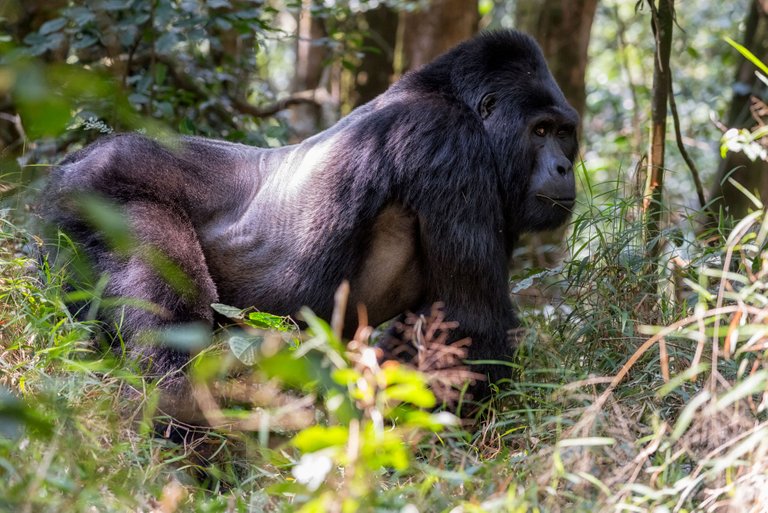
- A majestic "Silverback" , adult dominant males are called Silverbacks because of the silver saddle of hair on their backs.
(Nikon D750 + Nikon 70-200 f4)
Mountain gorilla population is threatened by habitat loss, poaching, disease and war. But results from a new survey show mountain gorilla numbers are growing in this area! The critically endangered animals were once expected to be extinct by the end of the twentieth century, but there is hope the population will continue to grow due to conservation efforts.
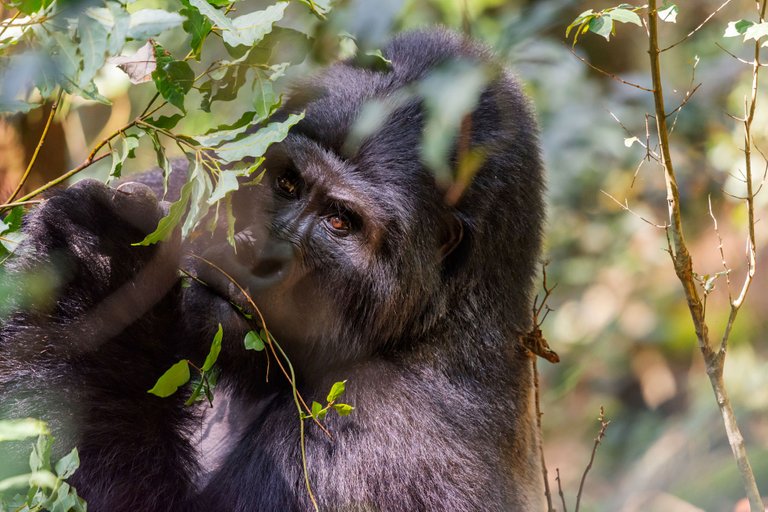
- Gorillas stick to a mainly vegetarian diet, feeding on stems, bamboo shoots and fruits. Western lowland gorillas, however, also have an appetite for termites and ants, and break open termite nests to eat the larvae.
(Nikon D750 + Nikon 70-200 f4)
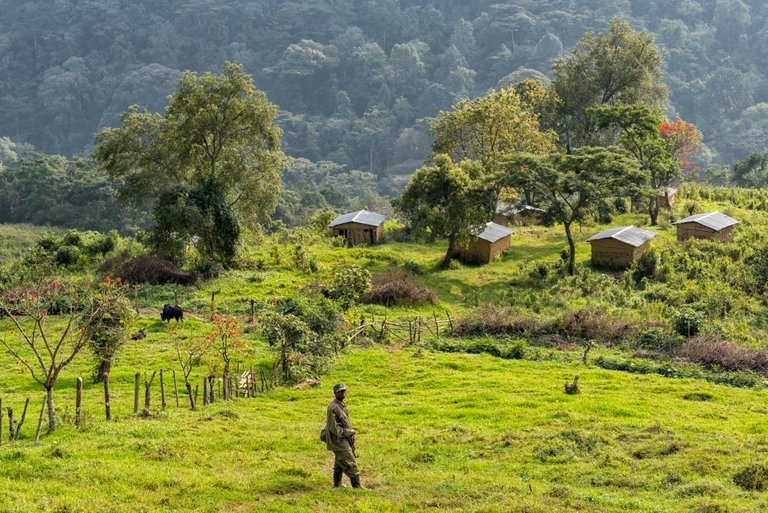
- The trackers are armed, mostly to protect the gorillas from poachers as well as for your safety.
(Nikon D750 + Nikon 70-200 f4)
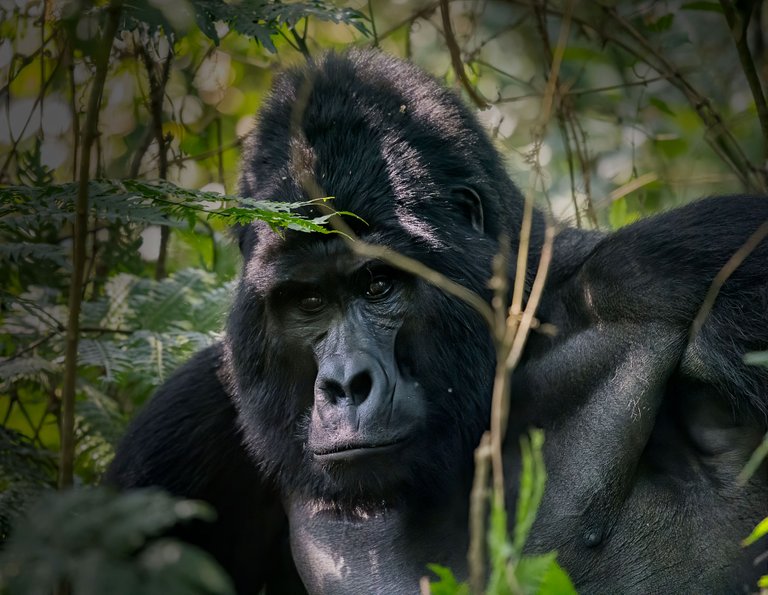
- Silverback portrait. Did you know that we share more than 98 percent of our DNA with them?
(Nikon D7200 + Nikon 300 pf)
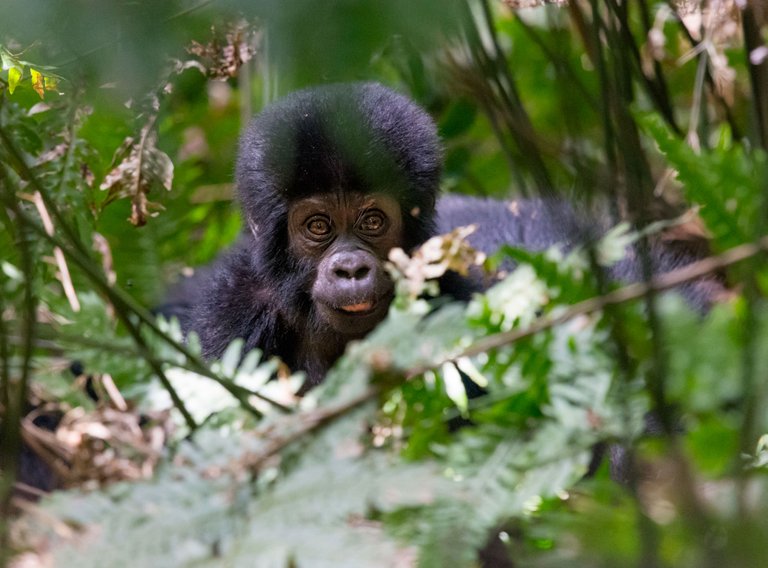
- A baby Mountain Gorilla looks at me
(Nikon D7200 + Nikon 300 pf)
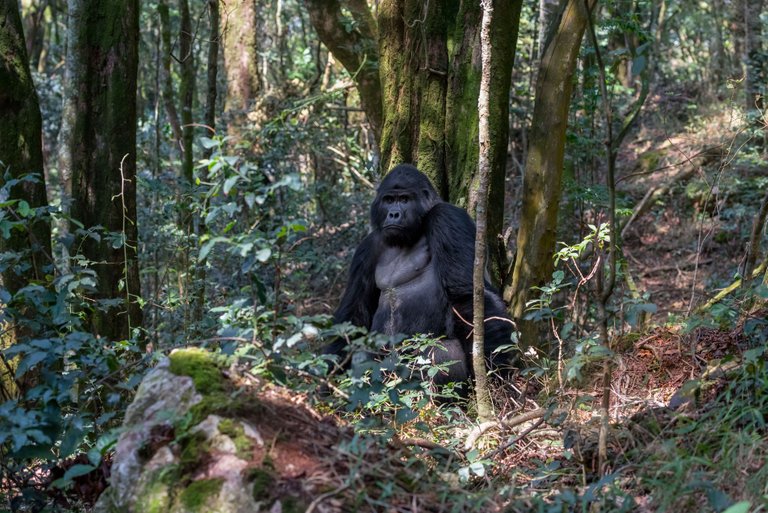
- Silverback in its natural enviroment. I will never forget this encounter and I hope to come back again!
(Nikon D750 + Nikon 70-200 f4)
www.paolovimercati.com





